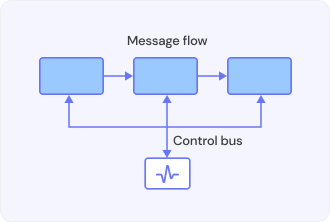A Beginners Guide Introduction Communication protocols are vital for enabling embedded devices to interact effectively. Three prominent protocols, Modbus, Standard Commands for Programmable Instruments (SCPI), and General Purpose Interface Bus (GPIB), stand out due to their widespread adoption in various industrial and testing environments. Recently, I had the opportunity to work on an embedded project
Understanding Modbus, SCPI, and GPIB Protocols and Their Implementation in Embedded Systems

Recent Comments